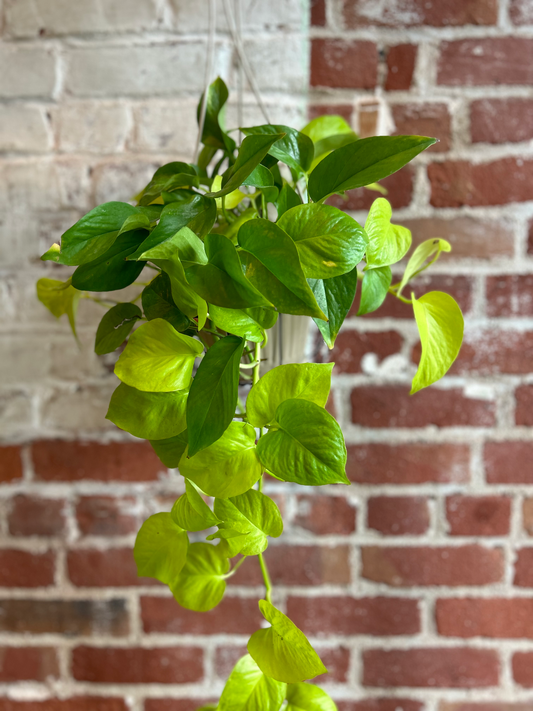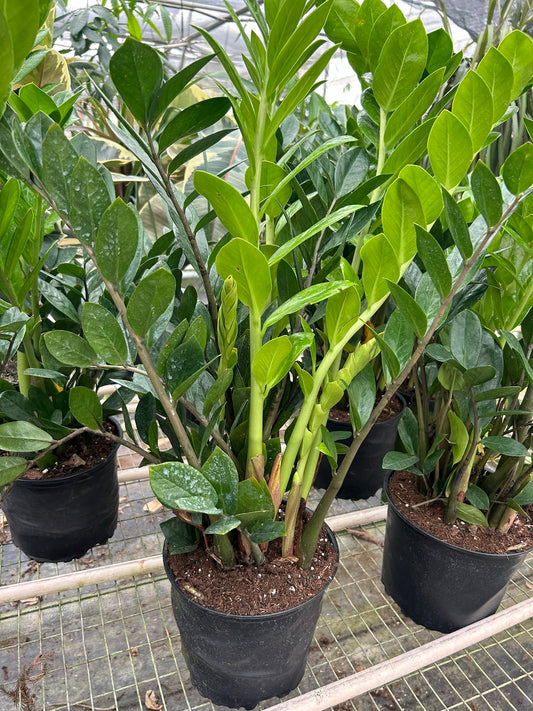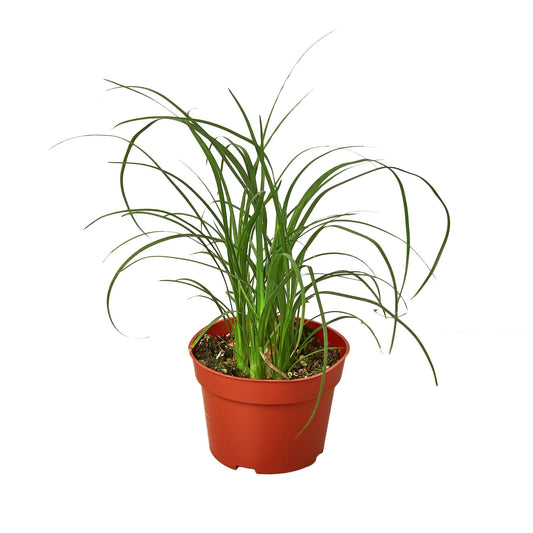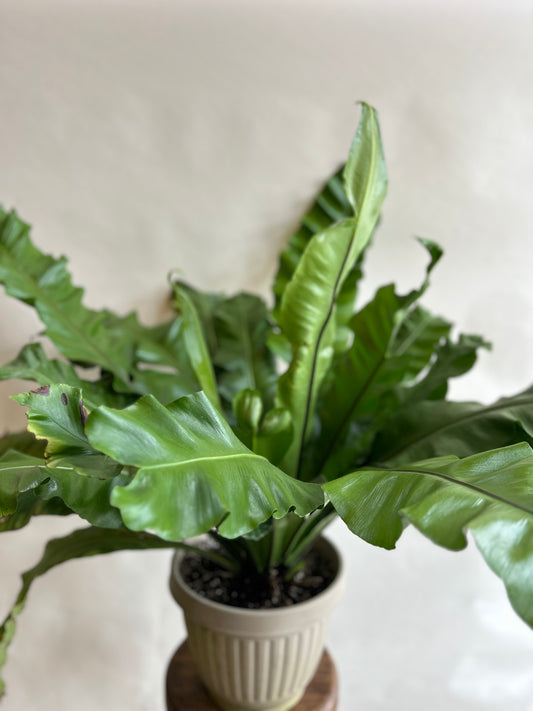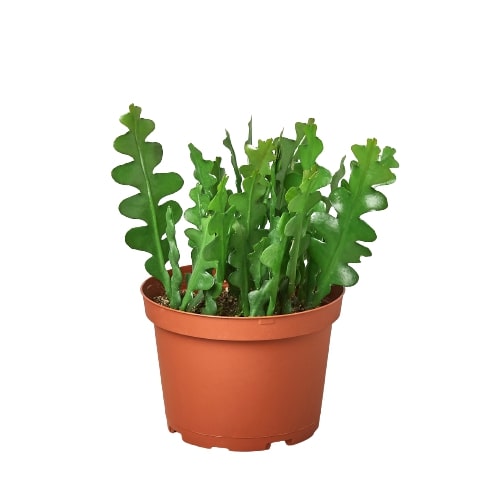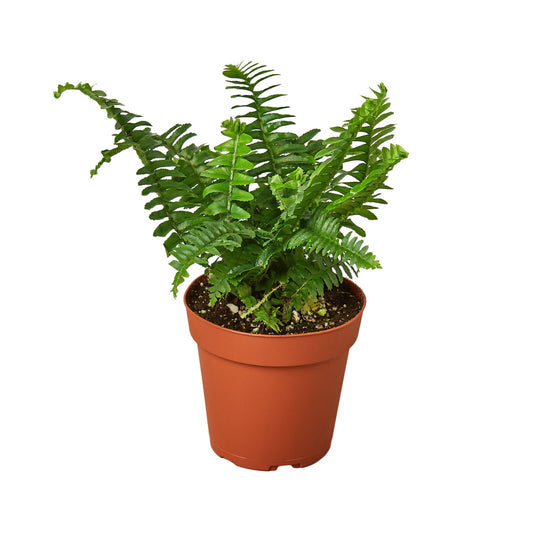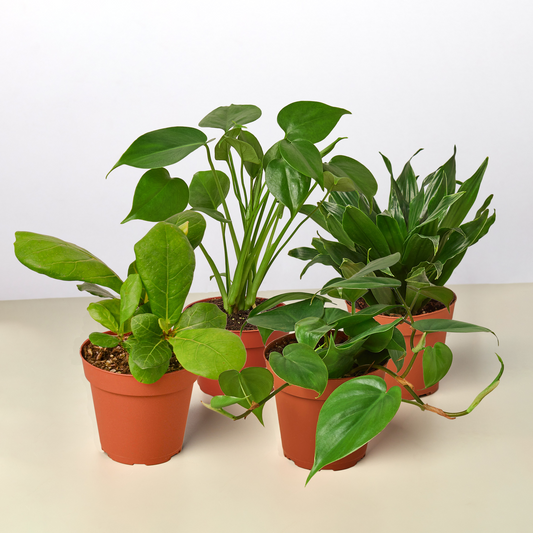Are Wax Plants Pet Friendly?
Cafe Planta Team
Wax plants, also known as Hoya, are a delightful addition to any indoor jungle. With their thick, glossy leaves and fragrant star-shaped flowers, they bring a touch of elegance and charm to your home. But if you're a pet parent, you might be wondering: Are wax plants safe for my furry friends?
In this article, we'll explore the relationship between wax plants and pets, ensuring that you can enjoy your indoor greenery without compromising the safety of your beloved animals. We'll cover everything from plant toxicity to tips on creating pet-friendly plant environments. So, let's get started!
Understanding Wax Plants
Before we dive into whether wax plants are safe for pets, it's good to know a little bit about these fascinating plants. Wax plants belong to the Hoya genus, part of the Apocynaceae family. Native to Asia and Australia, they thrive in tropical and subtropical climates.
Hoyas are popular among plant lovers due to their striking appearance and relatively low maintenance. They come in various species, each with unique leaf patterns and flower colors. Some of the most popular varieties include Hoya carnosa, Hoya kerrii, and Hoya pubicalyx.
Wax plants are known for their waxy leaves and intricate flowers, which can fill a room with a sweet fragrance when in bloom. While they prefer bright, indirect light, they can also adapt to lower light conditions, making them versatile for different indoor settings.
Are Wax Plants Toxic to Pets?
The big question: Are wax plants toxic to pets? The good news is that wax plants are generally non-toxic to cats and dogs. The ASPCA lists Hoya species as non-toxic, which means they are unlikely to cause harm if ingested by your furry companions.
However, it's important to note that while wax plants aren't toxic, they can still cause mild gastrointestinal upset in some pets. This could happen if your pet decides to nibble on the leaves or flowers. Symptoms might include vomiting or diarrhea, but these are usually mild and resolve on their own.
It's always a good idea to monitor your pets if they show any interest in your houseplants. Keeping an eye on them can help you catch any potential issues early and ensure that your pets remain healthy and happy.
Creating a Pet-Friendly Plant Space
If you're worried about your pets getting into your wax plants, there are several ways to create a pet-friendly plant space in your home. Here are some practical tips to keep both your plants and pets safe:
- Placement: Position your wax plants out of reach of your pets. Consider placing them on high shelves or using hanging planters to keep them away from curious paws.
- Training: Train your pets to avoid your plants. Use positive reinforcement to encourage them to stay away from your indoor garden.
- Barriers: Use barriers like decorative screens or plant stands with enclosed bases to prevent access.
- Distractions: Provide your pets with plenty of toys and activities to keep them occupied and less interested in your plants.
By implementing these strategies, you can create a harmonious environment where your plants and pets coexist peacefully.
Pest Management for Wax Plants
Wax plants, like any other houseplant, can fall victim to pests. Common pests that affect Hoyas include mealybugs, spider mites, and aphids. These unwelcome visitors can harm your plants and potentially spread to others.
To manage pests effectively, consider these tips:
- Regular Inspection: Check your wax plants regularly for signs of pests. Look for sticky residue, webbing, or visible insects on the leaves and stems.
- Natural Remedies: Use natural remedies like neem oil or insecticidal soap to treat infestations. These options are safer for both your plants and pets.
- Isolation: Isolate infested plants to prevent pests from spreading to other houseplants.
- Pruning: Trim affected areas to remove pests and encourage healthy growth.
Regular maintenance and early intervention are key to keeping your wax plants healthy and pest-free.
Choosing the Right Soil and Potting for Wax Plants
Wax plants are not particularly fussy about soil, but they do thrive in well-draining potting mixes. A mix designed for succulents or cacti works well, as it prevents water from pooling around the roots, reducing the risk of rot.
When potting your wax plant, choose a container with drainage holes. This ensures that excess water can escape, keeping the roots healthy. Hoyas prefer to be slightly root-bound, so don't rush to repot them unless necessary.
If you're repotting, gently remove the plant from its current pot and shake off excess soil. Place it in the new container and fill it with fresh potting mix. Water the plant thoroughly after repotting and give it time to adjust to its new home.
Watering and Light Requirements for Wax Plants
One of the beauties of wax plants is their ability to tolerate less-than-ideal conditions. However, to keep them thriving, you'll want to get their watering and light needs right.
Watering: Wax plants prefer to dry out between waterings. During the growing season, water them when the top inch of soil feels dry. In the winter, reduce watering as their growth slows down.
Light: These plants thrive in bright, indirect light. Direct sunlight can scorch their leaves, so it's best to find a spot that gets filtered light. If your home doesn't get much natural light, consider using a grow light to supplement their needs.
By understanding these basic care requirements, you can help your wax plants flourish while ensuring they remain safe for your pets.
Integrating Wax Plants into Your Interior Design
Wax plants not only bring nature indoors but can also enhance your interior design. Their trailing vines and lovely flowers make them a versatile choice for various decor styles.
Here are some creative ways to incorporate wax plants into your home design:
- Hanging Planters: Use macrame hangers to display your wax plants, adding a bohemian touch to your decor.
- Wall-Mounted Displays: Install wall-mounted planters or shelves to create a living wall with your Hoyas.
- Table Centerpieces: Place a wax plant in a decorative pot as a centerpiece on your dining or coffee table.
- Terrariums: Create a miniature garden by placing a small Hoya in a glass terrarium.
By integrating wax plants into your decor, you can enjoy their beauty while maintaining a pet-friendly environment.
Common Wax Plant Varieties and Their Unique Traits
With so many wax plant varieties to choose from, it can be fun to explore their unique characteristics. Here are a few popular types and what makes them stand out:
- Hoya Carnosa: Known for its thick, waxy leaves and clusters of star-shaped flowers. It's a classic choice for any plant lover.
- Hoya Kerrii: Often called the "Sweetheart Plant" due to its heart-shaped leaves. It's a popular gift for Valentine's Day.
- Hoya Pubicalyx: This variety features dark green leaves with silver flecks and produces fragrant, pink flowers.
- Hoya Compacta: Also known as the "Hindu Rope Plant," it has twisted, curled leaves, adding an interesting texture to your plant collection.
Exploring different Hoya varieties allows you to customize your indoor garden to suit your style and preferences.
Final Thoughts
Wax plants are a delightful addition to any home, offering beauty and a touch of elegance. While generally non-toxic to pets, it's always wise to keep a watchful eye on your furry companions and create a safe environment for both plants and animals.
At Cafe Planta, we're passionate about helping you care for your plants. Whether you're looking for a new addition to your collection or need advice on plant care, we're here to support you. Feel free to reach out via email or connect with us on Instagram. Let's nurture our love for plants together!


